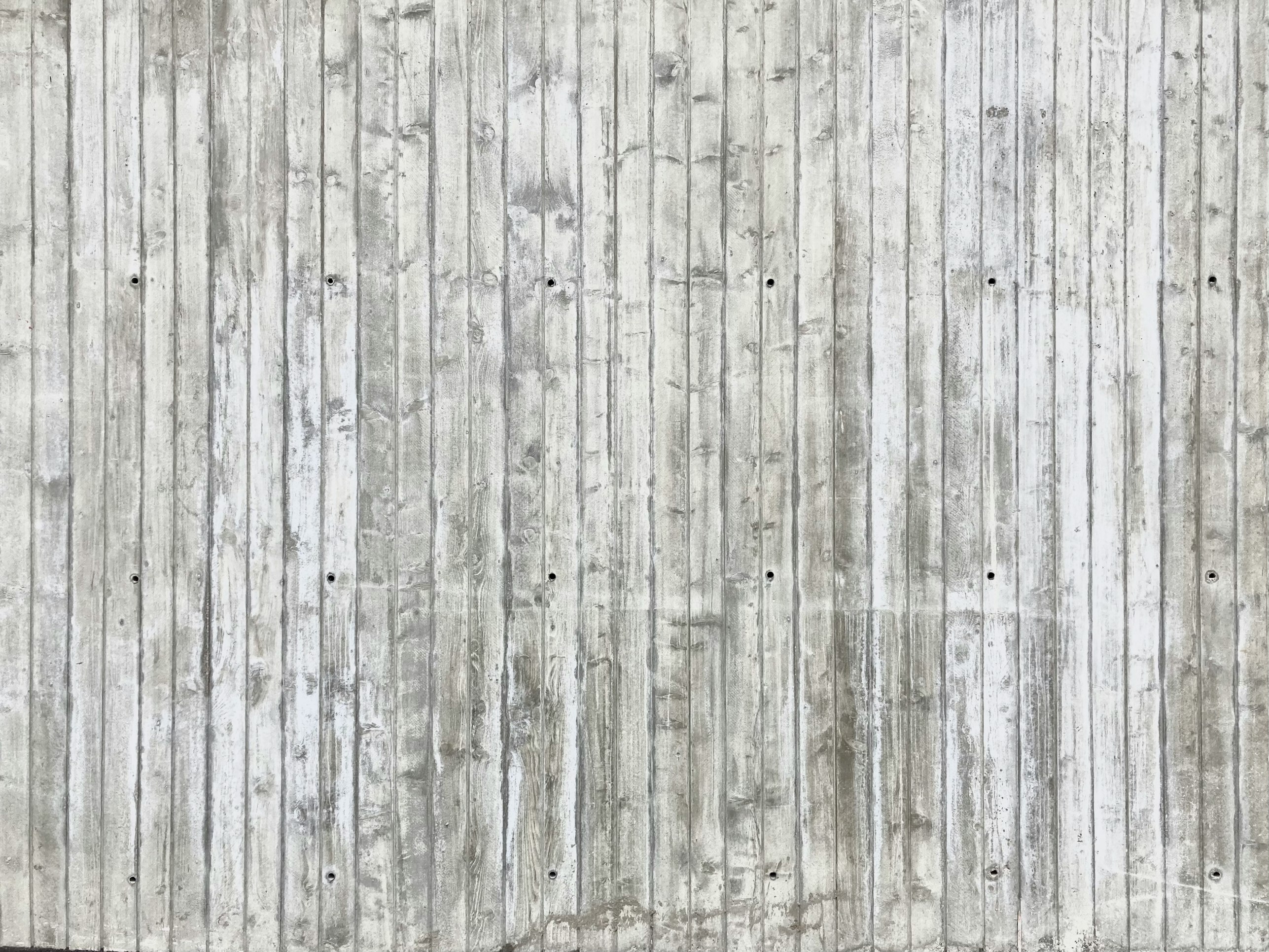by Charles Schott, AB ’74, MBA ’83
In late August, the provost selection committee at Stanford chose (and Stanford’s new temporarily acting President apparently ratified) the selection of Stanford Law school Dean Jenny S. Martínez as the university’s new provost.
First, this selection was made prematurely. The selection should’ve been for an acting provost not a permanent one, just as was done with Stanford’s new acting president.
It will be incredibly important that the new president and Provost be in alignment once the new president is selected, even to the point of having the new provost feel that the president had a hand in his or her selection.
Unless the new provost is herself selected as the new permanent president, this obvious strategic (not to mention common sense) advantage will have been forfeited, apparently in an effort to have the decision made quickly.
So much for best practices…
Second, of all the places to look for a new provost following Persis Drell’s troubled tenure, why would anyone be looking in Stanford law school? It is the land of Bankman-Fried, Michele Dauber and a student body, a substantial number of whose members do not appear to know what is appropriate behavior when it comes to heckling a campus speaker, let alone a federal court of appeals judge.
In the aftermath of US Appeals Court Judge Stuart Duncan’s much criticized reception at Stanford law school, Dean Martinez and former Stanford Provost Drell both received kudos for criticizing the Assistant Law School Dean in charge of the fiasco and “bravely” stating the obvious…that universities as centers of learning and free inquiry need to be havens for free speech.
And yet, which administrators stand responsible for creating the woke and free speech intolerant environments that now characterize Stanford Law School and Stanford University. In this respect, Stanford not only is found wanting, but is among those leading the country in being found wanting.
Dean Martinez and former Stanford Provost Drell would seem to be two peas from the same pod and, in that context, Persis Drell’s record is worth considering. That record includes poor performance in such areas as addressing campus mental health issues; the destruction of student morale and campus social life (including, “Stanford Hates Fun”); the uncoordinated and arbitrary introduction of the newly conceived campus housing “neighborhoods”; the administrative and disciplinary procedure unfairness which now pervades Stanford’s various systems; and the discontent which led to the recent vote for graduate student unionization.
This is in addition to the unprecedented growth in the number of Stanford administrators to the point where there are now more administrators than either students or faculty and the administrator-facilitated assault on campus free speech. There are also the many negative procedural changes governing day-to-day student life for which Drell’s administration has been responsible, including “conditional group liability” and the introduction of official “performance plans” for Stanford student groups which introduce administrator-driven goals into many areas of campus life and shift burdens of proof to the point where “innocent until proven guilty” is said to no longer be a familiar principle on campus.
Then there is the Drell legacy involving the extreme negative impact on Stanford sports of what seems to be a policy of “malign neglect” that began with the decisions that led to the alumni rebellion surrounding 36 Sports Strong and which has now led to Stanford’s losing poll position in the now so called PAC “12.”
The above is neither a complete list, nor are the examples necessarily a complete listing within the categories. It certainly does not represent the Stanford that so many of us experienced and enjoyed in prior years.
Indeed, if Dean Martinez and Provost Drell were held to the standards they hold their students (particularly the “conditional responsibility” standard by which the sins of one are attributed to the entire group for purposes of punishment), they would both be disqualified from even being considered for the position.
If anything, this shows that Stanford has learned little from the many crises they have faced in the last six years that have been brought on either directly or indirectly by university administrators. In other words, little seems likely to change as a result of this new permanent Provost appointment. The process being followed by both the provost selection committee and, frankly, also by the new president selection committee, is flawed if the goal is to bring about a change from the missteps of the last six years. It is instead continuity dressed up as change.
The only hope really is that the Board of Trustees will eventually decide that it wants real, substantive change…and wake up to what is going on here. Perhaps there is still time for the trustees as a whole to recognize that if they are looking to make a real change (and learn from all those prior missteps), they should make a different choice and put in place a more rigorous and professional process with the express goal of “righting the ship.”
Until they do (and as long as the current administrative leadership remains centrally involved with the process), nothing significant is likely to change. There will only be the appearance of change needed to buy time so that the same policies can be pursued by new members of our administrator dopplegang (i.e., the same people). It is worth remembering that it was Albert Einstein who said that “the definition of insanity is doing the same thing over and over and expecting different results.”
